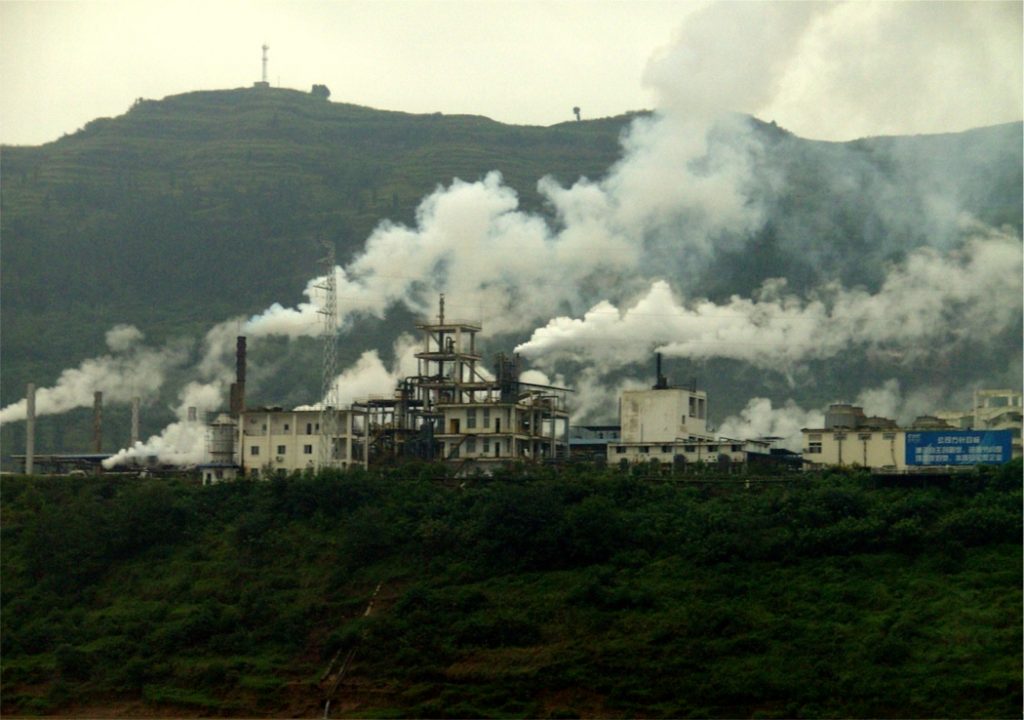Thank you to Michelle Staggs Kelsall (SOAS University of London) for taking the time to deliver a lecture to Kent LLM students studying the International Human Rights Law module. Ms Kelsall is an expert on International Human Rights Law and her current research is in the field of business and human rights. Currently a Lecturer in International Law at SOAS, she has worked as a Human Rights Officer for the Office of the United Nations High Commissioner for Human Rights and as a Deputy Director of the Human Rights Resource Centre. She is also the Co-Founder of ATLAS (Acting Together: Law, Advice, Support).
Ms Kelsall was invited to the course to discuss with us ‘The Corporation’. She began with an interesting “trust exercise”, where she asked us to close our eyes and imagine what we thought of when we heard the following words: amazon, apple and shell. I don’t know about the others in the lecture, but personally with shell and amazon I immediately thought of the corporations (Shell and Amazon) rather than a mollusc or the rainforest. This exercise demonstrated the enormous presence of big corporations in our minds and lives.
The lecture itself was divided into two parts, first we looked at “The What” which focused on defining the corporation and the theories that surround the definition. The second part looked at “The How” which looked into how we can regulate the corporation, especially when it comes down to human rights law. It was interesting to see how the International Organisation of Employers (IOE) appears, for example, to care about human rights. For organisations like the IOE, however, the protection of human rights has become a secondary concern to the facilitation of trade and investment. Their role is focused on ensuring results for a limited set of instances and limited purposes, due to the transactional approach that has been adopted in regards to human rights.
Ms Kelsall also accompanied us during the seminars. We discussed how domestic law has priority control, rather than international law, over human rights issues. We then looked into how human rights law can be advanced through soft law mechanisms (which remain largely not binding) or by holding corporate actors or states directly accountable via domestic law (for example tax and criminal law).
What stood out to me from Ms Kelsall’s lecture and the seminars was the difficulty of regulating multinational corporations for human rights violations and instead the increasing focus on individual violations and individual mechanisms of accountability. It would therefore be up to the individual to embody human rights law by empowering the consumer so that they think they are doing something. The question to be asked here is “how can we, as consumers, advance the human rights agenda in the face of systemic violations and structural problems?”
The structure of the International Human Rights Law module stands out because apart from the lectures given by the module convenor Dr Luis Eslava, there is a series of guest lectures throughout the module. The guest lecturers critically discuss different subjects constituted by International Human Rights Law. This year we are studying The Citizen, The Corporation, The Refugee, The Woman, The Digital Subject and The Poor. This enriches our understanding of human rights because for some issues we get to hear from experts in the field. These experts set up the readings in advance for us and share with us their experience and knowledge of these difficult areas of international law during their lectures. The lectures given by Dr Eslava are also very easy to keep up with and the seminars feel like a discussion rather than a class. His presentation includes a lot of visual aid (pictures, graphs and timelines) which has definitely helped me to stay focused and understand the issues that have so far been analysed.
Plamena Andreeva

